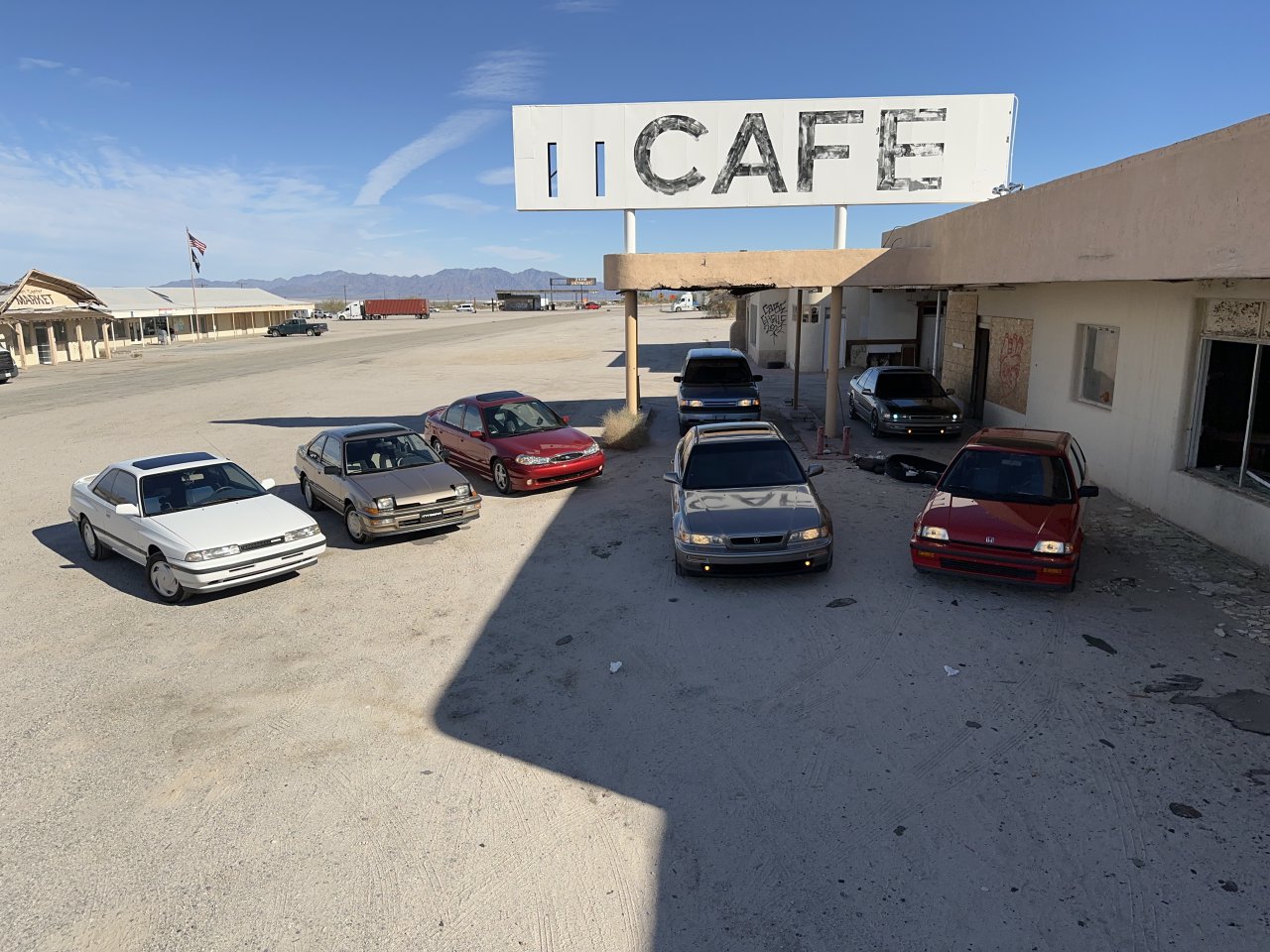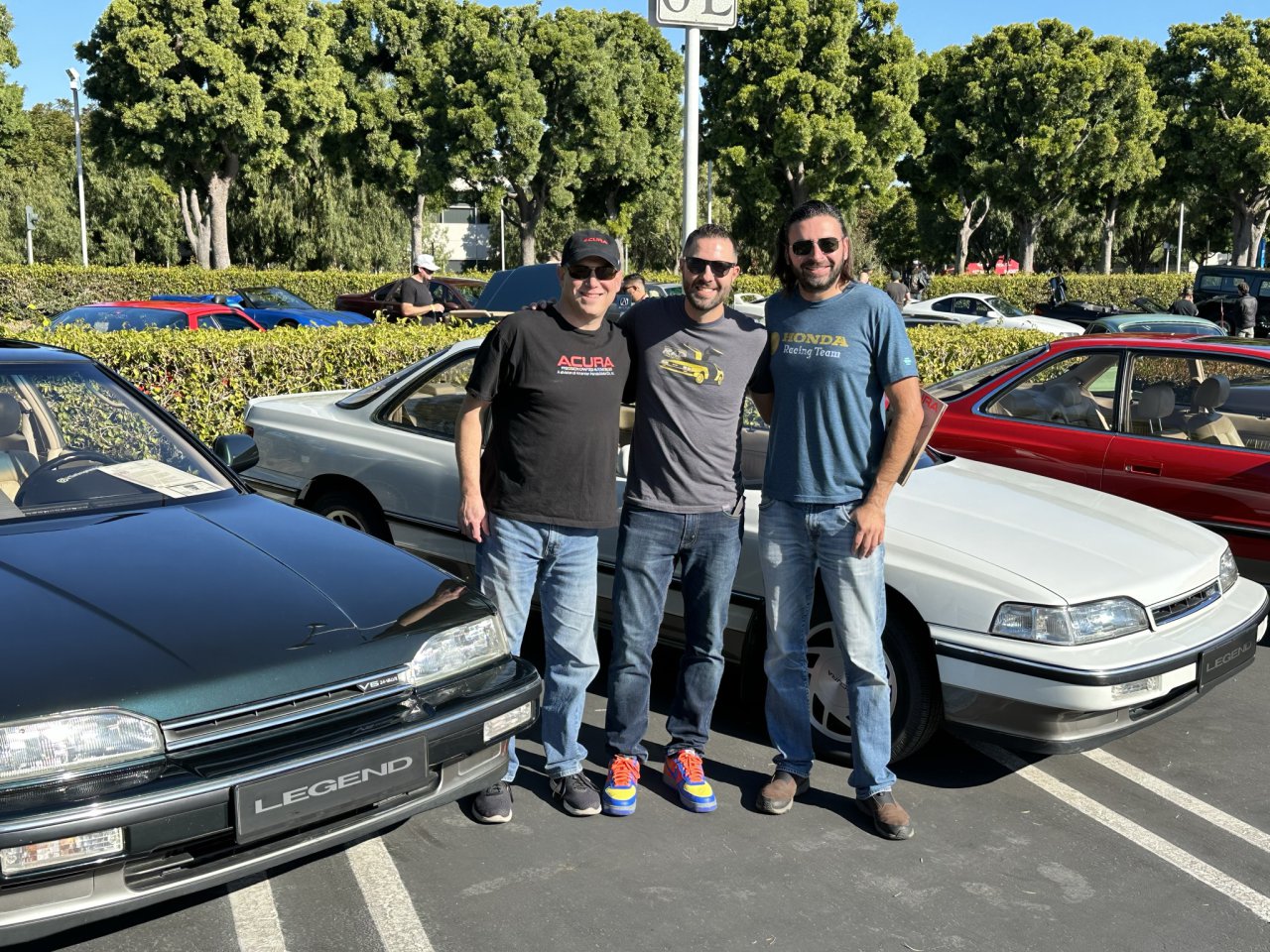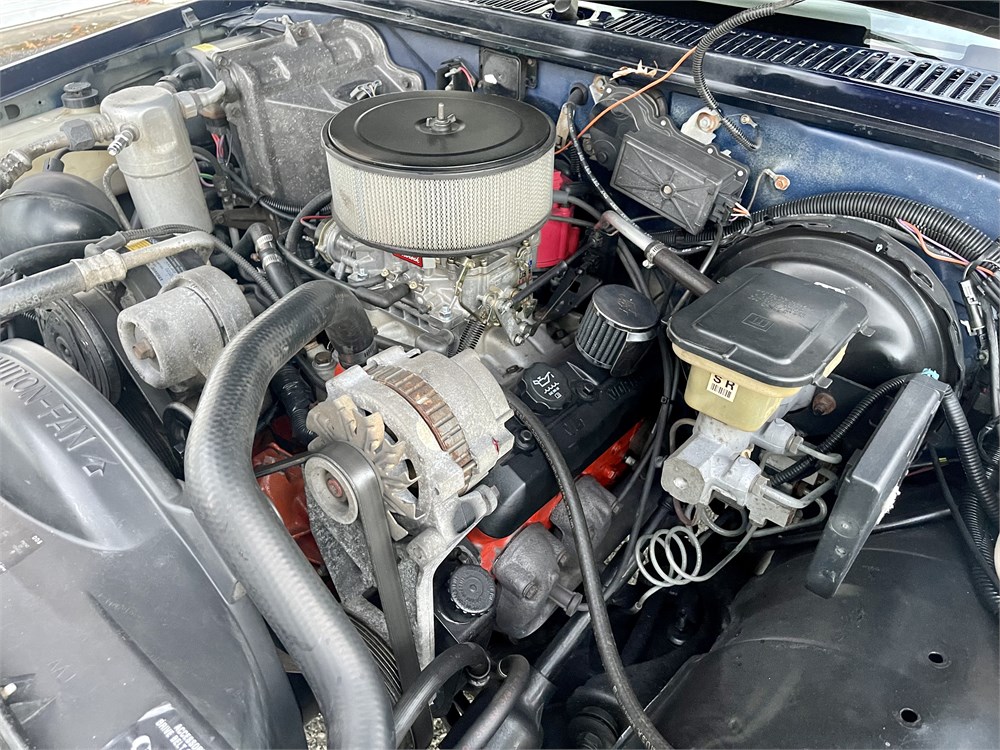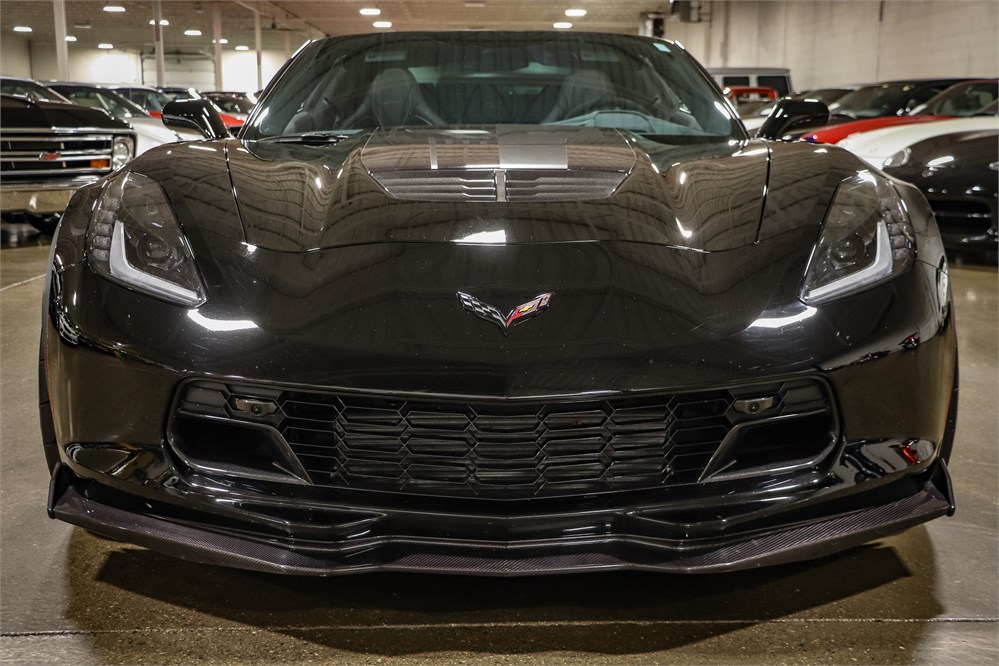The Alfa 6C 1750 was one of the sporting greats of the 1920s and ’30s. Introduced at the 1929 Rome Motor Show, it was technically virtually identical to its predecessor, the 6C 1500, except for an enlarged version of the six-cylinder overhead-camshaft engine designed by Vittorio Jano – who had been poached from Fiat by Enzo Ferrari, then of Alfa Romeo‘s racing department.
The idea of the larger capacity was for the model to be able to cope with heavier bodywork, and so the first versions had a long wheelbase. But, of course, a short-wheelbase Sport variant was soon also introduced, using a double-overhead-camshaft version of the 1750 engine. A more powerful iteration of the Sport, named the Super Sport, was then launched, with a 95bhp supercharged development of the double-overhead-camshaft unit.
Production of the Sport and Super Sport lasted for only two years before they were replaced by the naturally aspirated Gran Turismo and supercharged Gran Sport. These were the most powerful, as well as the shortest, of the series.
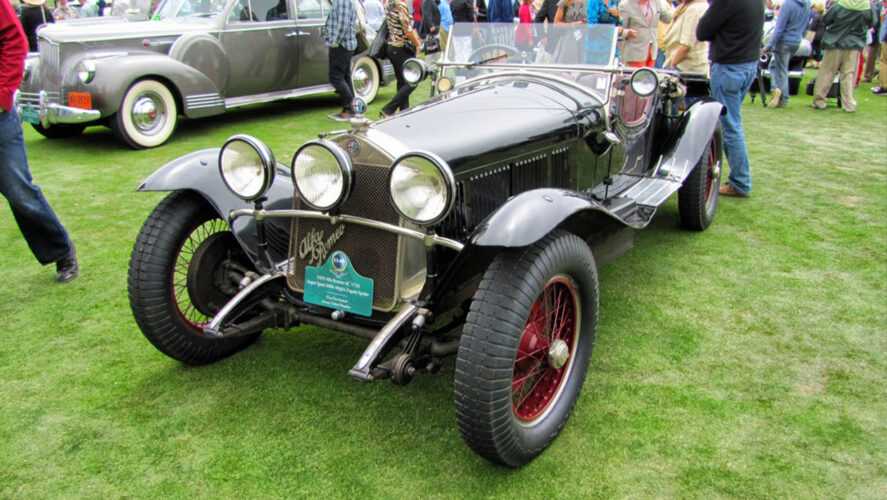
As was the norm in that era, these models were bought as rolling chassis to be bodied by the coachbuilders of the buyer’s choice. Most examples went to Italian coachbuilders - the bulk of them to Zagato and Touring, and a few to Castagna and Stabilimenti Farina. Zagato’s bodies were popular for the competition cars due to their light weight.
In 1933 the Gran Sport was replaced by the 8C 2300, essentially an eight-cylinder version of the Gran Sport. The Turismo was superseded by a series of six-cylinder cars that continued to be produced until the outbreak of World War Two. This car, chassis no. 0312867, which I saw at the Concours of Elegance 2020, was prepared for the 1929 Mille Miglia, and is one of the 52 Super Sports built on the third-series 6C 1750 chassis. It was completed in March, and soon after that it was driven to victory in the Mille Miglia by Giuseppe Campari and Giulio Ramponi. Prominent businessman Enrico Wax from Genoa then paid a premium to acquire the car, seeing the kudos of owning a Mille Miglia winner – and so it was cherished virtually from new, making it one of the most original surviving Alfa Romeos of its era.
ENGINE
1.75-litre, straight-six, DOHC, supercharger, 95bhp, single carb
CONFIGURATION
Front engine, four-speed manual, rear-wheel drive, separate ladder chassis, aluminium body, live axle, semi-elliptic spring suspension, drum brakes
The post The Rare and Beautiful 1929 Alfa Romeo 6C 1750 appeared first on My Car Heaven.
Near the top of any list of great classic road racers, you will find the Aston Martin DB4 GT. Competition-winning know-how inspired every facet of its design, and yet it also turned out to be effortlessly beautiful - two qualities that maddened its Modena competition. This model forced Ferrari to up its sports car game by breaking the famous Italian brand’s stranglehold on a discipline it had dominated since the early 1950s.
From the DB4 GT’s Perspex headlamp covers to its preposterously powerful (for the time) 302bhp straight-six engine, it was ready for Le Mans right from the showroom. In fact, one famous incident would prove this outright. At the 1959 Bahamas Speed Week, a works DBR2 was rolled just before its next race. The factory team had no choice but to pluck a customer’s stock DB4 GT from the car park and give it to Stirling Moss. He went on to win that race, cementing the model’s legend in the process.
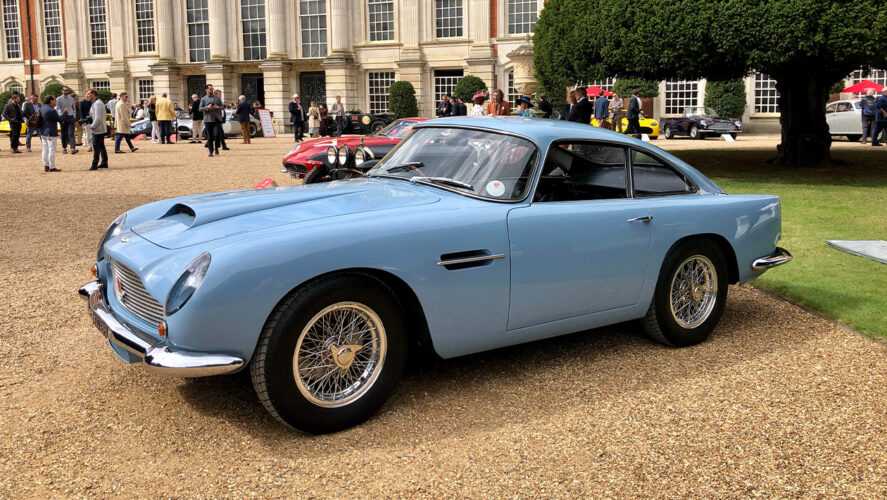
Simply upping the power would have been enough for most makers, but Aston Martin went so much further. Weight saving was taken to near-fanatical levels. The wheelbase was shortened by five inches, the rear seats were removed and the aluminium bodywork was thinner than that used on the road-going DB4. Even the quarter and rear window glass was swapped for lightweight Perspex. Borrani alloy wire wheels finished off a crash diet that saved 91kg (2001b) over the standard DB4. All this effort wasn’t wasted, with the car winning its opening BRDC Sportscar race at Silverstone, again in the hands of Stirling Moss.
This exceptional and unrestored DB4GT, that I got to see and photograph at the Concours of Elegance 2020, is thought to be the only car finished in this attractive shade of Wedgwood Blue from the factory. It’s also one of just 45 made in right-hand drive (from a total production of 75), and has remained in the UK ever since it rolled out of Newport Pagnell 60 years ago. For a time, the car belonged to prolific historic racer The Right Honourable Patrick Lindsay before passing to the equally well-known David Heynes. Now, in the hands of its current long-term owner, the car is once again used in anger on the circuit; just as Aston Martin intended.
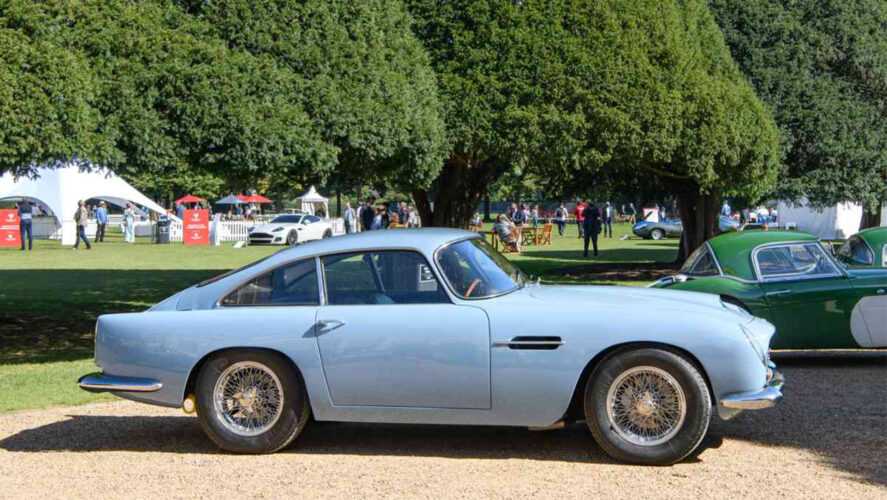
ENGINE
4.2-litre, straight-six, dual overhead camshaft, 385bhp, triple carburettors
CONFIGURATION
Front engine, five-speed manual transmission, rear-wheel drive, unitary body and chassis, coil-spring front with coil-spring live rear axle with Watt’s linkage, discs all round
The post The Exquisite and Beautiful 1960 Aston Martin DB4 GT appeared first on My Car Heaven.
UJB 140 is one of the four works Auston-Healey 3000s that were built by the factory for use in the 1960 Sebring 12 Hours. The car was used as a spare at that meeting, which at the time was the only American race on the calendar that counted toward the World Sportscar
Championship. Previously to this, British motor sport legend Jack Sears had driven the 3000 for BMC at Silverstone in order to test three-piston Girling brakes.

Directly after the Sebring event the car was sent to Hambro Automotive Corporation, the New York importer of Austin-Healeys. From here in August 1960 it was bought by Richard Ecklund, the first actual owner of UJB 140. He raced the 3000 in SCCA events at Harewood Acres in Canada and Watkins Glen in New York state.
In 1986 Bob Deuell, a close racing friend of Richard’s who shared the car on occasion, bought UJB 140. At that stage, there were only 20,000 miles on the odometer. Bob prepared the Austin-Healey and raced it in Historic events until he sold it to Jerry Bensinger, a dealer friend, in around 2007. The 3000 then passed to Craig Hillinger, and on to Peter Jaye in 2009, who implemented an outstanding restoration to its 1960 Sebring configuration. The picture above is the one I took of the roadster at the Concours of Elegance 2020, with Racing Green paint and hardtop.
ENGINE
2.9-litre, straight-six, overhead valve, 200bhp, twin carburettors
CONFIGURATION
Front-engine, four-speed manual transmission, rear-wheel drive, separate chassis, coil-spring front suspension, semi-elliptic springs rear, discs all round
The post The 1959 Austin-Healey 3000 appeared first on My Car Heaven.
Editor’s note: This article was originally published on October 21, 2020. While we realize it’s too late for some of you, we hope we can help prepare you for impending weather.
I could almost hear Will Robbins smiling at the other end of our telephone conversation. I’d just shared the story of how a set of Bridgestone Blizzak winter tires had transformed a Mazda Miata from a device of danger that had just spun on an icy interstate into an automotive snowmobile.
He said he’s heard similar stories from dozens of people.
“A lot of tire stuff is really subtle,” said the senior product manager for Bridgestone’s Blizzak winter tire line, “but you never get the ‘aha’ moment like you do when they drive on all-season or summer tires and then put Blizzaks on their vehicle.”
Or as Matt Edmonds, an executive with TireRack.com, a major national tire retailer with an extensive website of tire tests and customer feedback, notes, four-wheel or all-wheel drive may get you moving on snow and ice, but it won’t necessarily help you turn or stop. But specialized winter tires will.
Of those tires, Robbins admits that Blizzak has a majority share of the market.
However, he adds, “We have a big target on our back and a lot of competitors have products that are very close to the Blizzak level of performance.”
Indeed, in TireRack’s most recent tire tests for higher-performance winter tires, the Michelin Pilot Alpin and Dunlop SP Winter Sport challenged Blizzak’s supremacy. In TireRack’s customer survey, Blizzak is rated No.1 with Michein’s X-Ice a close second.
By the way, the winter tire market has come a long way since the days when your father put a pair of “snow” tires on the back wheels of your family sedan or station wagon. Those tires likely had tread more suited for providing traction in the snow, but that was about it.

Today, winter tires not only have specialized tread patterns for digging through snow but sipes that provide an escape for ice turned to water from the pressure of the vehicle’s weight and from changes in temperature. Modern winter tires also are produced with compounding designed for cold weather.
“Summer tires are great for track day,” Robbins explains. “The compound is sticky and soft and deals with all that heat. But it gets hard and brittle in the cold. Winter compounds are designed for the cold environment, even on dry pavement.”
Forty degrees and below is where winter tires excel, he said. However, he suggests that “when you can see your breath,” it’s time to put the Blizzaks on your vehicle.
Oh, and you put them on all four wheels, not just those that put power to the pavement.
Noting that the overall performance of winter tires has improved through the years, Robbins explained that instead of a pair of tires designed to improve grip in snow, “today’s winter tires have such different traction levels that you need all the axles to be balanced for proper performance.”
Yes, it means buying an extra set of tires for your vehicle, but there are a couple of benefits to consider beyond enhanced safety in winter. For one thing, changing tires means you’re not putting as many miles on your warmer-weather tires so you’re not replacing them as soon.
For another, you can drive year around in the same vehicle rather than having to acquire a second vehicle with 4-wheel-drive or as was popular in some locations, a “winter rat” – an inexpensive second car purchased in the fall, driven through the winter and then abandoned in the spring, if not when it stalled out or became buried during a major winter snowstorm.

But what about studs or chains for driving in the winter?
“Chains are a useful tool for what they’re designed to do, for emergency situations,” Robbins explained. “The downside is, if not used correctly, chains can do more harm than good,” damaging both road surface and tires.
In fact, it was damage caused by studded tires and chains in Japan that led to the development of the Blizzak winter tires. Metal chains were banned in Japan in the 1980, so Bridgestone set out to develop winter tires that worked just as well, and thus the Blizzak line.
Typically in the tire world, the newest tires are the best as tire companies work to leap-frog each other. Robbins notes that the Blizzak development team doesn’t “sit on the success,” but is continually working to improve the product and its cold-weather performance.
The latest Blizzak lineup includes:
WS90 for cars and minivans
DM-V2 crossover and sport utility vehicles and light trucks
LM-25 for cars equipped with run-flat tires
LM001/LM-32 for high-performance sedans and coupes
LT for commercial light trucks and vans
Prices range from $91 to $183.
“I don’t know a person who has regretted the purchase,” Robbins said, adding that people typically go from considering Blizzaks to trying them to “Wow! This is amazing!”
One way to have the experience before you buy a set is the Bridgestone Winter Driving School in Steamboat Springs, Colorado. The school has been in operation for more than 30 years. It opens when the weather gets cold enough, offers a variety of classes taught by experienced professionals — many with experience in rallying — and uses a variety of Toyota vehicles.
For more information, visit the Blizzak and winter school websites.
Even exotic supercars are occasionally subject to recalls. Lamborghini just issued one for every 2022 Countach LPI 800-4 delivered in the U.S. so far. The recall affects nine cars.
The new Countach is being recalled because of rear glass panels that may detach from the car, according to the NHTSA. Lamborghini blames a supplier error, saying in a recall report that the supplier didn’t correctly bond the glass panels to the engine covers of affected cars.
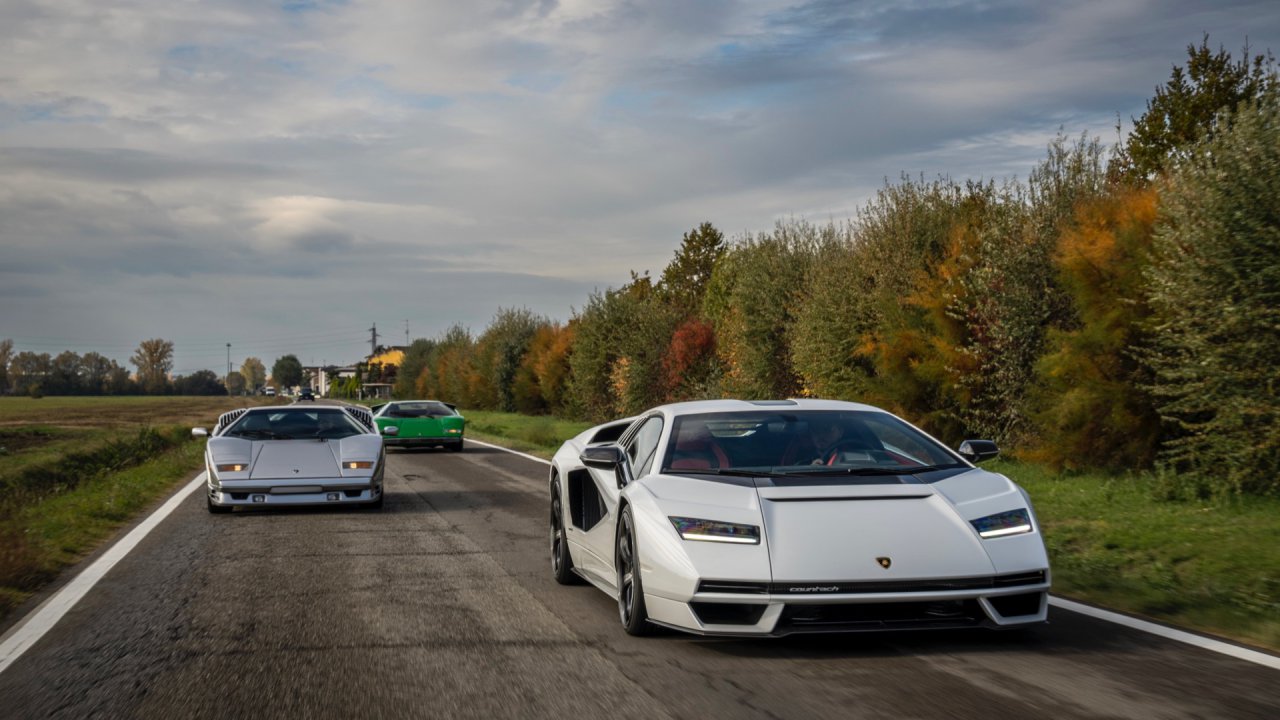
The incorrectly-bonded panels could detach from the car while driving, creating a potential road hazard, Lamborghini noted in the report. The automaker first became aware of this problem in October after receiving a report from a dealership in Qatar about a problem with one of the four glass panels on the Countach’s engine cover. Lamborghini isn’t aware of any issues with cars in other markets, however.
Dealers will inspect and, if necessary, replace the glass free of charge. Lamborghini plans to begin mailing letters to owners notifying them of the recall by Jan. 13, 2023.
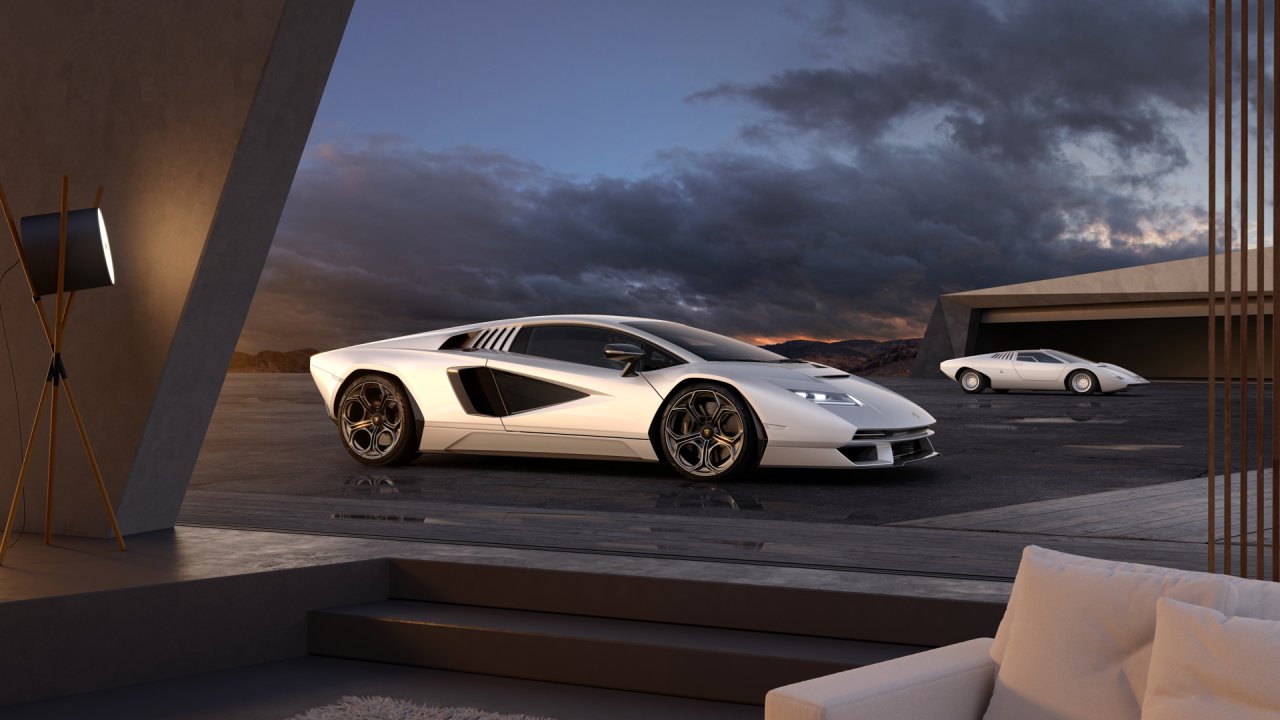
Unveiled during 2021 Monterey Car Week, the Countach LPI 800-4 was built to celebrate the 50th anniversary of the Countach’s debut. Its styling is a modern interpretation of the iconic wedge-shaped original Countach, but the LPI 800-4 is based on the outgoing Lamborghini Aventador, and features a hybrid powertrain producing 803 hp.
While it’s just one of several Aventador-based special editions to launch ahead of that model’s replacement, and isn’t any quicker from 0-62 mph than the non-hybrid Aventador Ultimae coupe, the Countach LPI 800-4 had no trouble finding buyers. The entire 112-unit production run reportedly sold out shortly after the car’s reveal despite a price tag estimated to be well within the seven-figure range. Lamborghini began delivering cars earlier this year.
This article was originally published by Motor Authority, an editorial partner of ClassicCars.com.
Slap bracelets, Walkman radios, and Reebok Pump sneakers were a few of the many memorable symbols of the 1980s and 1990s. It was a time of rich culture, bright colors, and distinct automobiles.
RADwood – an event that first launched in 2017 – has the era cornered when it comes to celebrating the culture of the 1980s and 1990s. The term “classic car” typically evokes mental images of Chevy Bel Airs and Plymouth Furys. But as time moves on, the definition of “classic” moves with it. Some people – myself included – find it a little shocking to realize that a car from 1982 is now 40 years old.

While RADwood has gone on to span various parts of the country in its five-year history, one of its signature annual events is held in Southern California. This year, for the second time in a row, the American Honda headquarters in Torrance hosted the event. I registered my 1994 Acura Legend GS six-speed sedan as part of the “Royalty” contingent because its higher $100 entry fee meant more prominent parking and earlier roll-in.
The journey began on the western outskirts of Phoenix, where I met up with fellow RAD road-trippers in a 1987 Honda Civic Si, a 1989 Mazda MPV, a 1989 Mazda MX-6, a 1993 Honda Accord coupe, a 1989 Acura Integra LS, and a 1998 Ford Contour SVT. Fellow motorists and bystanders enjoyed seeing us along Interstate 10 for the 400-mile trek, I’m sure. We paused for a group photo at an abandoned gas station in Desert Center, California.
American Honda’s campus in Torrance was the perfect venue for the program. The music, fashion, and pop culture of the 1980s was alive and well, with hits from Madonna and Duran Duran setting the mood over the grounds. My friend Becky had her hair crimped for the occasion, and others dressed in leggings or track suits. Honda’s hospitality included food trucks, entertainment, and posters. I took the opportunity to wander the grounds and reconnect with many friends – many of whom I hadn’t seen since the RADwood show a year ago. Some of my favorite cars included an original and well-preserved Infiniti Q45, a 1993 Mercedes-Benz 500SL with a rare five-speed manual transmission, and very clean FJ80-series Toyota Land Cruiser.
On display during the show was Honda’s latest iteration of the venerable Civic Type R. A long-time tuner favorite, the Type R was available in Europe long before it first came to the United States in 2017. Since then, it has become a popular platform for performance upgrades and customization, akin to a modern-day muscle car. The all-new 2023 model year Type R will come with a turbocharged 2.0-liter, 315-horsepower engine.
RADwood leader Art Cervantes took the stage later that afternoon to help conduct an awards ceremony. In addition to distributing awards for the top cars in various categories, special recognition was also given to the “raddest dressed,” which went to a couple dressed in what looked to be period-correct prom attire. Best of show went to an incredibly rare (and very deserving) white 1998 Ford Explorer Saleen XP8 driven by Nick Roshon.
My 800-mile round-trip journey was 100% worth the effort and expense. I’m eager to see how RADwood grows and evolves in the coming years. Stay tuned to the RADwood website for a calendar of upcoming events.
Happy Sunday, and hopefully you are having a good holiday week despite having to watch the Detroit Lions on Thanksgiving. For those that have started Christmas shopping, or if you have yet to draft your holiday shopping list, I present a pair of souped-up Chevrolets on AutoHunter that would make a great gift for the collector car fan in your life.

The Chevy S10 pickup is a good foundation to build a sleeping hotrod with its nondescript exterior and association as a work truck, the exception being its GMC Syclone sibling.
This 1989 Chevrolet S10 available on AutoHunter features a 4.3-liter V6 engine that has been bored 0.030 over with a new camshaft, Vortec heads, Edelbrock carburetor and an aluminum intake. The engine is paired with a four-speed automatic transmission.
It’s finished in navy blue, and the only signs that it’s built for performance (and not utility) are the cowl induction hood and lowered suspension. This Chevrolet truck’s auction ends on Wednesday, November 30, 2022, at 11:00 a.m. For further details, check out its listing on AutoHunter and happy bidding.

The second half of our double feature is not subtle, nor a sleeping hotrod. Quite the opposite, but isn’t it nice to let the world know why you bought a particular car? For that bold person in your life, I present a 1,041-horsepower 2016 Chevrolet Corvette Z06 C7R.
This Chevrolet pays homage to Corvette Racing and looks ready for the track with a black exterior, carbon fiber body accents, rear spoiler and titanium Akrapovic axle-back exhaust system with quad outlets.
Exterior aesthetics aside, this Corvette makes a great gift because of its reported 1,041 horsepower and 811 lb-ft of torque. The robust power comes from a supercharged 6.2-liter LT4 V8 upgraded with ProCharger F-1A kit. As a proper sports car, it features a seven-speed manual transmission.
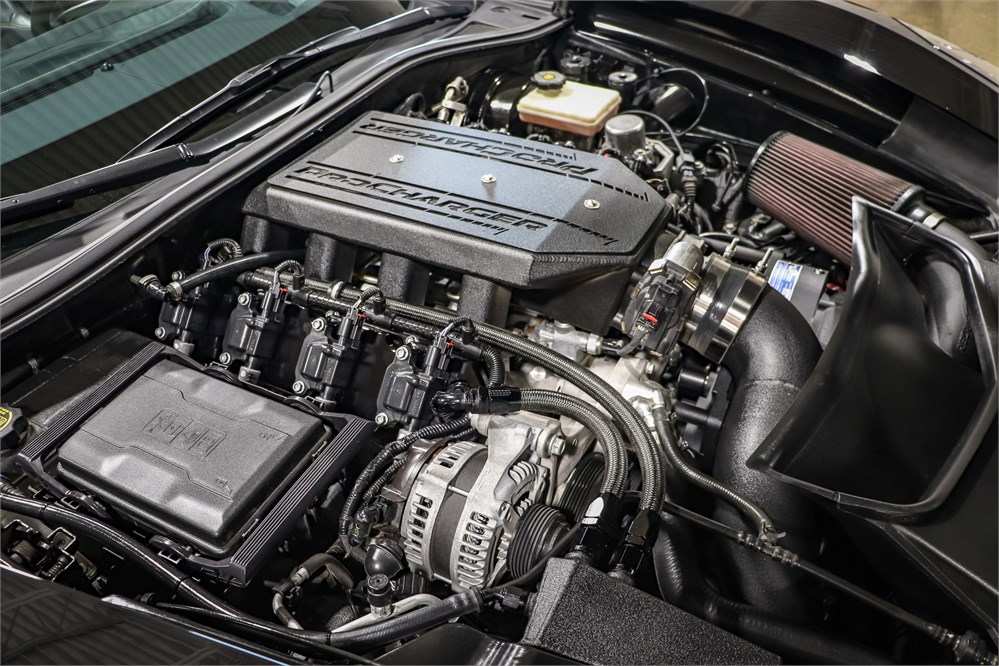
The auction for this high-power ‘Vette ends on Tuesday, November 29, 2022, at 1:00 p.m. (MST). For more details, visit its AutoHunter listing.
Historians have often pointed out the many parallels between Henry Ford and Soichiro Honda. Both came from rural areas but developed fascinations with motorized vehicles early on. Both overcame numerous setbacks on the way to establishing automotive powerhouses relatively late in their lives, career-wise. And both saw their success not so much by building on what others had accomplished rather by laying the groundwork themselves and focusing primarily on the engineering aspects of their businesses. But that’s not to cast Honda as merely the Japanese Henry Ford (as People magazine described him in 1980); as we see in this documentary of the inventor, engineer, racer, and founder of what is now the seventh largest automaker in the world.


